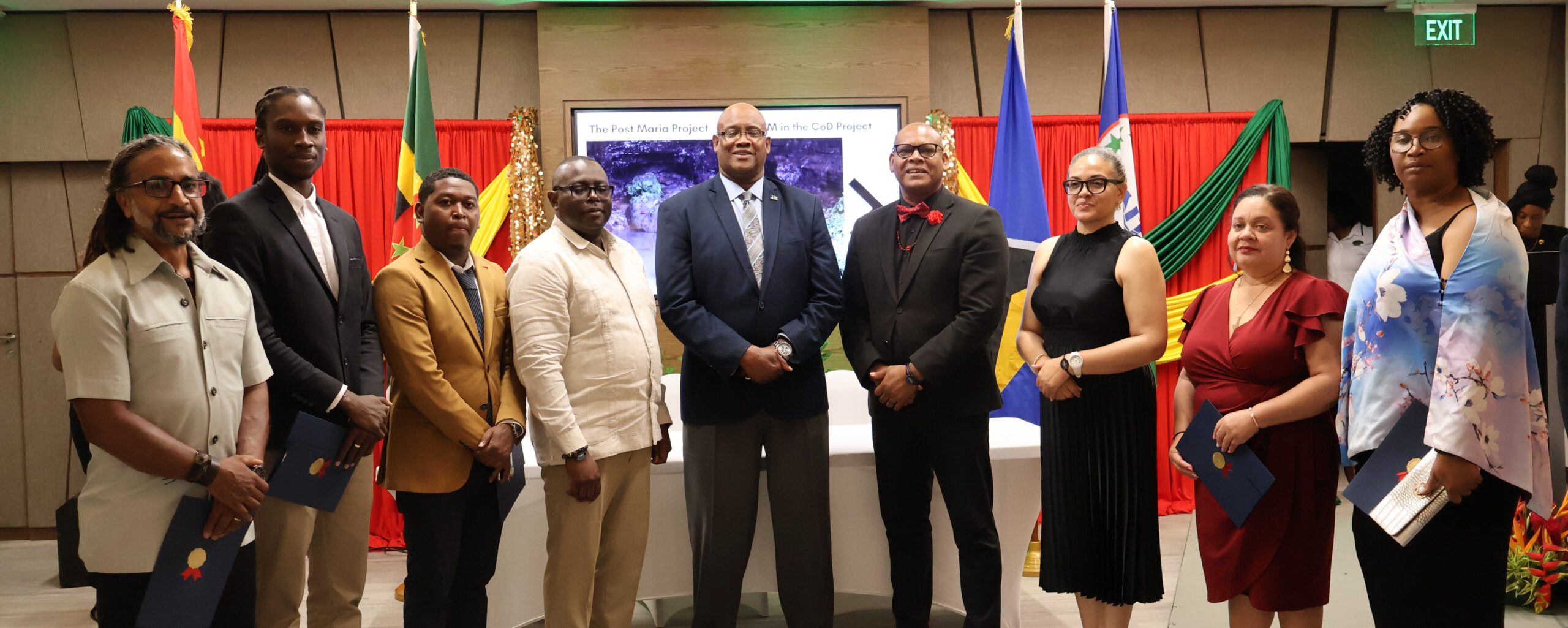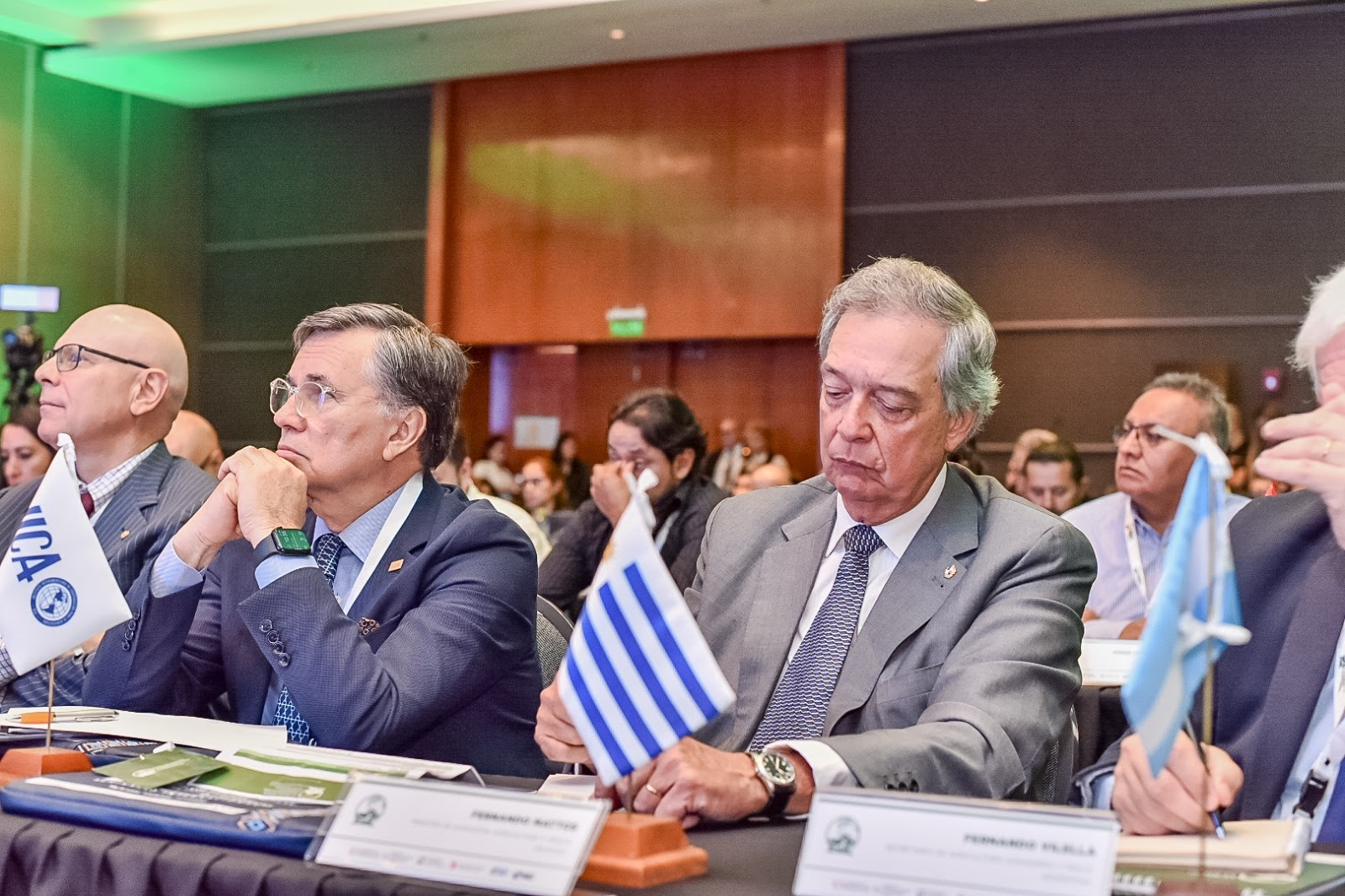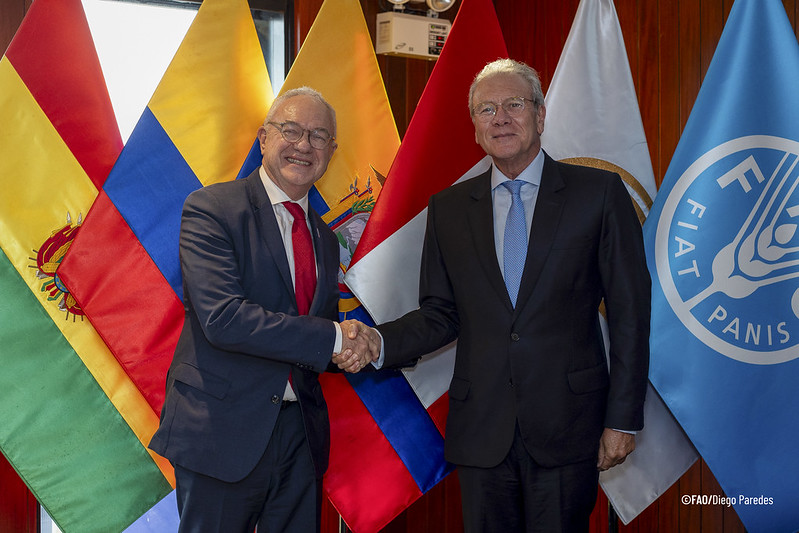GEORGETOWN, Guyana, Sept. 2, CNS – The Guyana government has commissioned two modern laboratories at the National Agricultural Research and Extension Institute’s (NAREI) as Donald Ramotar administration recommits to developing a strong agriculture sector.
The Biological Control and Tissue Culture Laboratories were constructed at a cost of $300 million which was made available through a Government of Guyana and Inter-American Development Bank (IDB) loan agreement.
President Ramotar said that the construction of the labs is yet another demonstration of the Government’s seriousness and commitment in pursuit of a strong agricultural programme, especially given the fact that Guyana is blessed with arable lands and fresh water.
“Labs like these become extremely important in this modern time for us to develop and advance safe food for our people and for the markets that we will sell our products to,” President Ramotar said.
He explained that one of the major concerns in the international community today is that of food security, which has become vital for the world as a result of the rapid population growth. This means that countries with the capacity to produce food will have significant opportunities for growth and development.
Twenty-two percent of Guyana’s Gross Domestic Product (GDP) comes from agriculture and the Government has been investing heavily in the sector in the area of infrastructure, as well as human resource development.
The Tissue Culture Lab, in addition to providing tissue culture plantlets, is also designed to carry out molecular studies in the plant sciences. Previously, NAREI had the capacity to produce 50,000 plantlets annually; however, this new facility has the capacity to produce in excess of 200,000 plantlets for the farming community.
The Biological Control Lab will cater for work in molecular biotechnology, which is an indispensible component of field-based research. This includes DNA analysis in the plant sciences for the profiling and characterising of new varieties.
CNS/geo/db/2014



